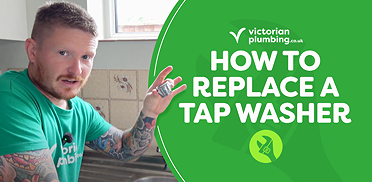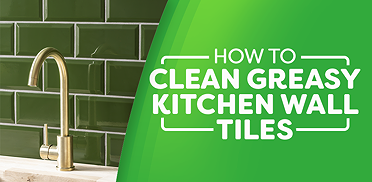UP TO 60% OFF WINTER SALE!
*Free delivery on orders over £499
Home DIY Safety Tips
Home DIY Safety Tips
For expert advice on how to renovate your home safely, checkout our list for the top 10 safety DIY tips.
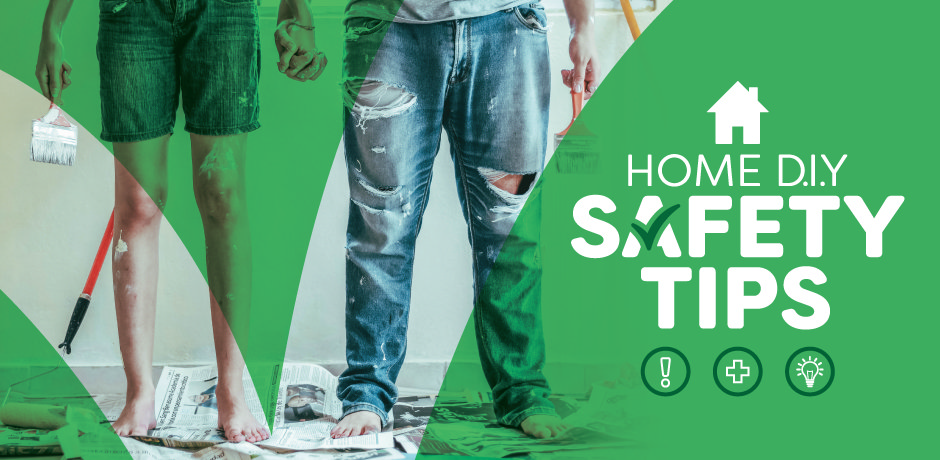
Since the pandemic, we’ve all turned into DIY-ers, taking on renovation projects and revamping parts of our home. Whilst we recommend that you get a professional to do many jobs around the home, some installations and redecorating can be done pretty easily by someone who is well versed in DIY.
That being said, there are still some key safety tips to bear in mind when taking on your home renovation. We like to provide you with the best bathroom renovation tips we can, so here is our list of the top 10 DIY safety tips.
1. Keep the room well ventilated
Whether you’re painting, drilling, sawing or screwing it’s always important to complete your DIY tasks in a well ventilated room. Let’s say you’re repainting your bathroom, if you don’t have windows and doors open the particles from the paint fumes get trapped in a confined space. This can lead to feelings of nausea, dizziness and even respiratory problems.

2. Switch off the power
This might sound like an obvious one, but it’s also one of the most important when working with electrical mains, water mains, or gas mains. Before starting any DIY project that involves working with a utility, you should always double check the power is off. If you’re working with water mains you can also make sure the area you are working on is isolated by turning the isolation valves.
3. Wear protective clothing
Protective clothing might seem like an unnecessary precaution but it’s especially important when working with power tools. Protective clothing can be anything from goggles and gloves to kneepads and overalls!
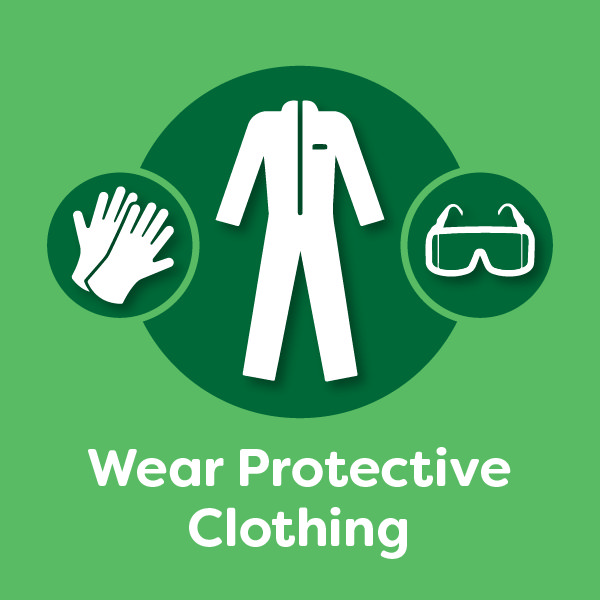
4. Clothing to avoid
Having considered what protective clothing you should wear, there’s also some items of clothing you should probably avoid when taking on home renovation tasks. Any loose or baggy clothing should be avoided in case it gets caught in any equipment. It’s also best to avoid any kind of jewellery including necklaces and earrings and these can get caught too.
5. Keep a first aid kit nearby
Sometimes no matter how careful you are, accidents happen. So it’s in your best interest to be prepared should something go wrong. Keeping a first aid kit to hand is the best way to minimise the impact of an injury should one occur.
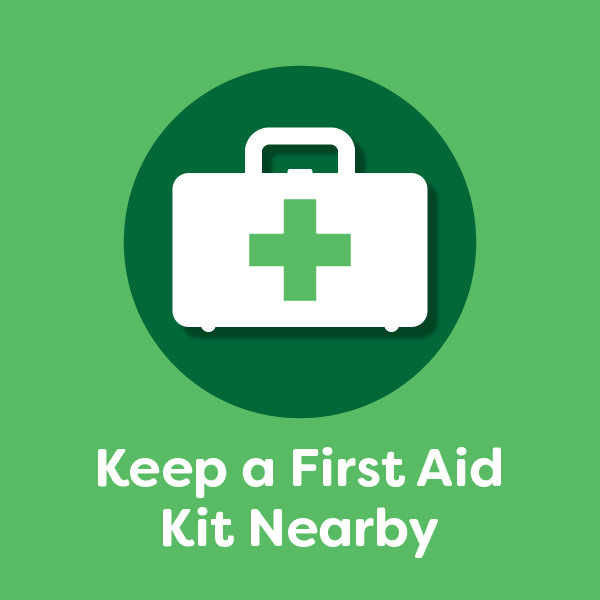
6. Be careful when using an electric drill
There are a couple of things to bear in mind when using an electric drill. Of course, there are the obvious things that we tend to forget like making sure it’s off completely before walking away from it. You should also make sure it’s off before changing any of the drill bits and attachments.
7. Use the instruction manual
Even if you are a DIY pro, it’s always good to refer back to the instruction manual that came with your product. As helpful as online guides can be, these are only a rough idea of what steps you need to take. Different brands may require certain techniques or equipment. So, to stay safe it’s best to make sure you give this a look over.
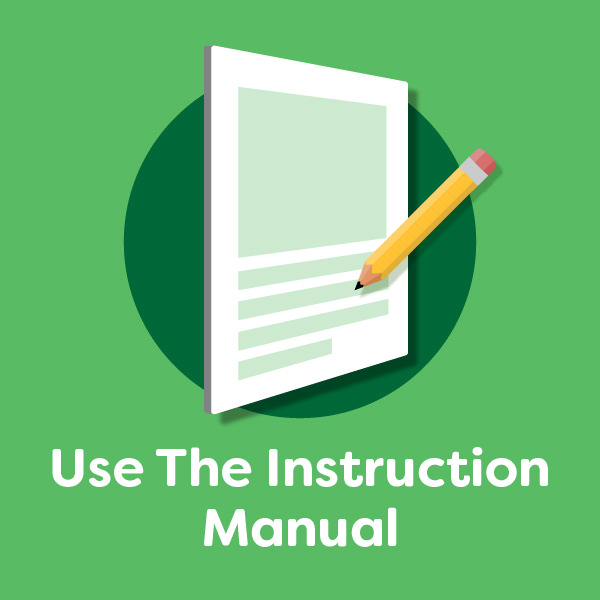
8. Eliminate trip hazards
Eliminating trip hazards might seem like common sense but it’s surprising how many people forget this crucial tip! We all know what it’s like to get wrapped up in a DIY project, and before you know it you’re carrying things to the bin and moving tools and equipment, making it super easy to not notice something on the floor. Tripping, especially in a bathroom, can lead to some serious injuries so making sure you have a clear workstation is paramount.
9. Use task lighting
Using task lighting to better illuminate your work space is a helpful tip for all DIY-ers. Even if it’s still daylight, or you have the main lights in your room on, some additional lighting for the task at hand is always a good idea.
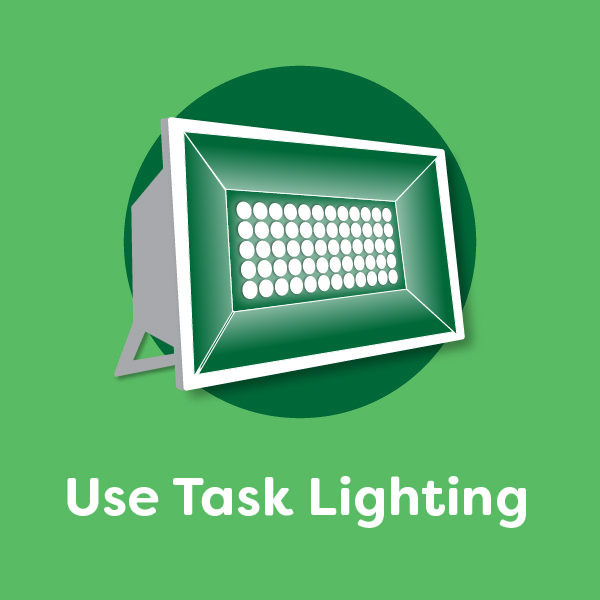
10. Purchase quality tools
Whether you’re borrowing or buying tools and equipment, it’s always good to make sure they’re high quality. This can be things like checking that the electric drill you have is coated with a plastic non-conducting layer. You can also make sure that any knives or saws you use are sharp, as blunt tools can lead to accidents!
These are our top tips for how to DIY safely. Be sure to check out the Victorian Plumbing Blog for helpful DIY guides!

Trinity
Trinity is one of our expert bloggers in bathroom design and DIYs. Read her blog posts for the latest coverage of style trends and easy-to-follow guides.

